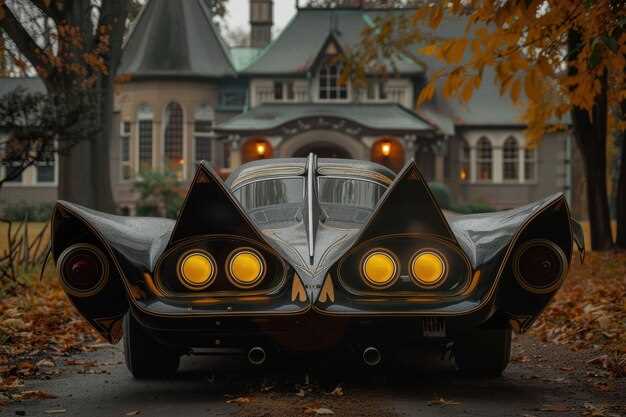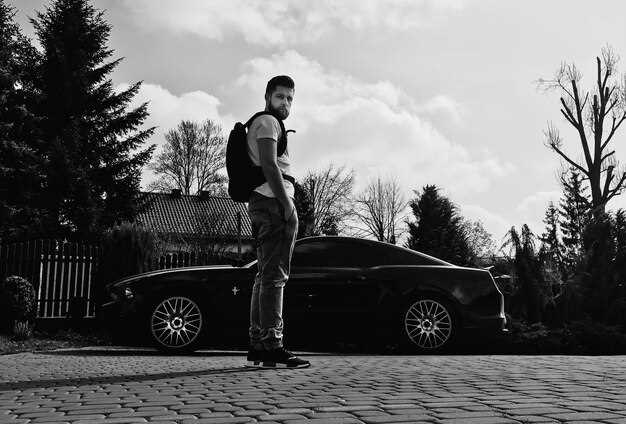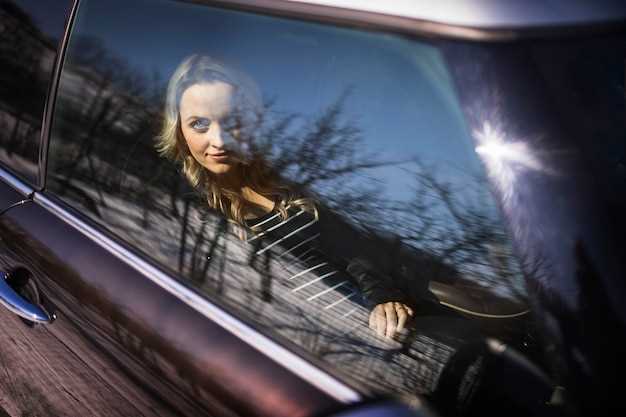
Capturing the essence of modified muscle cars through photography requires not only technical skill but also an understanding of the ideal angles that showcase their best features. These cars, known for their aggressive styling and powerful engines, demand a visual representation that reflects their dynamic character and performance. The right angle can accentuate the curves, lines, and muscular stance of the vehicle, transforming a simple photograph into a work of art.
One of the most effective techniques is to shoot from a low angle, which gives the car a dominant presence in the frame. This perspective emphasizes the muscular build and aggressive posture that are characteristic of muscle cars. Additionally, capturing the vehicle in motion, with a slight tilt to the angle, can convey the raw power and speed that drivers seek in these modified machines.
Another crucial aspect to consider is the background. By choosing an angle that harmonizes with the surroundings, photographers can create a narrative that complements the story of the car. Whether it’s a classic diner, a city skyline, or a winding country road, the right backdrop enhances the muscle car’s appeal and makes the photograph more compelling.
Optimal Low Angles for Dynamic Action Shots
When photographing modified muscle cars, selecting the right angles is crucial for achieving dynamic and impactful images. Low angles are particularly effective in enhancing the aggressive stance and power of these vehicles. By positioning the camera closer to the ground, you can create a sense of speed and drama, making the cars appear more formidable and alive.
To achieve optimal low angles, consider placing the camera at about the level of the car’s front wheel. This perspective captures the sleek lines of the vehicle while also including the road in the foreground, adding depth and context to the shot. Additionally, shooting from this angle emphasizes the car’s bodywork and aggressive design elements.
Another effective technique involves tilting the camera slightly upwards while maintaining a low position. This angle can exaggerate the car’s height and enhance its imposing presence. Incorporating elements of the environment, such as tire tracks or nearby structures, can also contribute to a sense of motion, making the scene feel more dynamic.
Experimenting with various low angles as the car moves can lead to unique captures that highlight the car’s performance. Panning the camera to follow the car’s motion while shooting at these lower angles can create stunning blur effects, showcasing speed. This technique not only captures the car’s movement but also enhances the excitement of the shot.
Ultimately, utilizing optimal low angles in your photography will convey the raw power and modified features of muscle cars, creating impressive dynamic action shots that resonate with enthusiasts and casual viewers alike.
Static Side Profile Techniques for Showcasing Modifications

Capturing the essence of modified muscle cars requires careful consideration of angles and positioning. The static side profile is particularly effective for highlighting both aesthetic and functional modifications. When aiming to showcase enhancements, focus on the following techniques.
1. Optimal Positioning: Place the car on a level surface that complements its lines and design. Ensure the backdrop is minimalistic, allowing the vehicle to be the focal point. A neutral background emphasizes the changes made to the car without distractions.
2. Use of Angles: While the side profile is primarily straight-on, slight variations can create a more dynamic composition. Experiment with tilting the camera slightly upwards or downwards to enhance depth. This perspective can accentuate modifications such as fenders, spoilers, and custom wheels.
3. Lighting Considerations: Natural light is ideal for capturing muscle cars, particularly during the “golden hour” just before sunset. Position the car to take advantage of this soft lighting, which highlights curves and details. Avoid harsh shadows that can obscure modifications or make surfaces appear less appealing.
4. Wheel Focus: The wheels are often a standout feature in modified muscle cars. Make sure they are aligned perfectly in the frame, drawing the viewer’s attention to any upgrades. A close-up of the wheels combined with the side profile can create a powerful visual impact.
5. Maintaining Clean Lines: Keep the car’s profile free from clutter. Ensure that any reflections or distractions are minimized, allowing the sleek lines and modifications to shine through. Cleanliness in the shot underscores the attention to detail in the car’s design.
6. Experiment with Depth of Field: Utilizing a shallow depth of field can help isolate the subject–your modified muscle car. This technique blurs the background and draws focus to the car’s profile, emphasizing features such as body kits and paint jobs.
By applying these static side profile techniques, photographers can effectively showcase the unique modifications of muscle cars, celebrating the craftsmanship and creativity behind each build. Aim for clarity and precision in every angle, ensuring that the modifications take center stage.
Utilizing High Angles to Highlight Unique Features

When capturing modified muscle cars, high angles can be instrumental in showcasing their distinct attributes. By positioning the camera above the vehicle, photographers can create a dynamic perspective that emphasizes the car’s lines, curves, and design elements. This vantage point often accentuates the vehicle’s stature and aggressive appearance, which are hallmark characteristics of muscle cars.
High angles are particularly effective in revealing additional details such as the engine bay, custom modifications, or unique body kits that might not be as visible from lower perspectives. This method encourages the viewer to appreciate the intricate craftsmanship and personal touches that set each modified muscle car apart from the rest.
Moreover, shooting from a high angle allows for a more comprehensive view of the surroundings, which can help contextualize the vehicle within its environment. The background elements can complement the muscle car’s aesthetics, creating a balanced and appealing composition. Whether it’s a sleek drag strip or a rugged landscape, the setting can enhance the overall vibe of the photograph.
In summary, utilizing high angles in muscle car photography not only highlights unique features but also provides a creative way to convey the spirit and power of these iconic vehicles. This technique enhances the storytelling aspect of the image, making it more engaging for the viewer.





